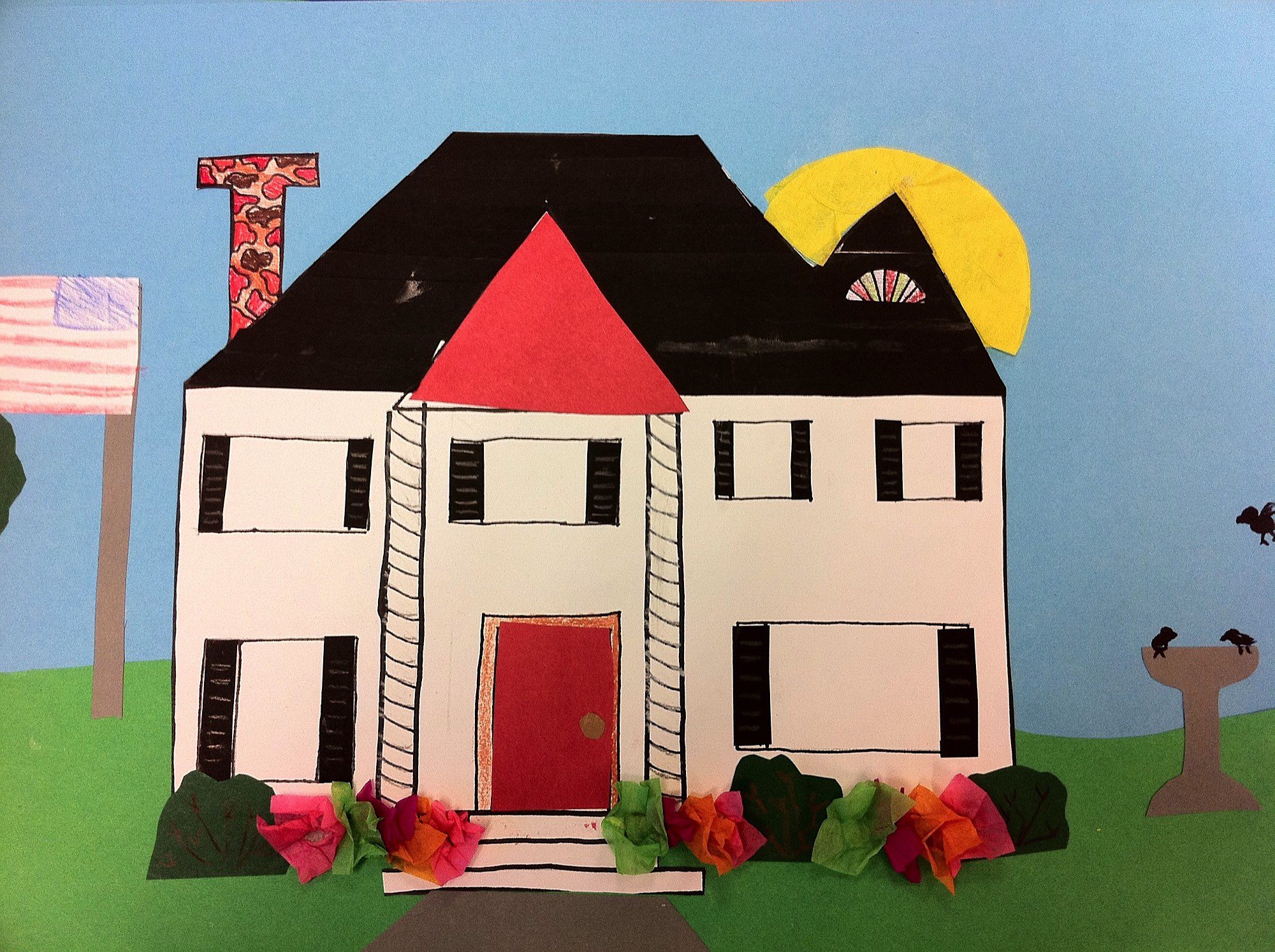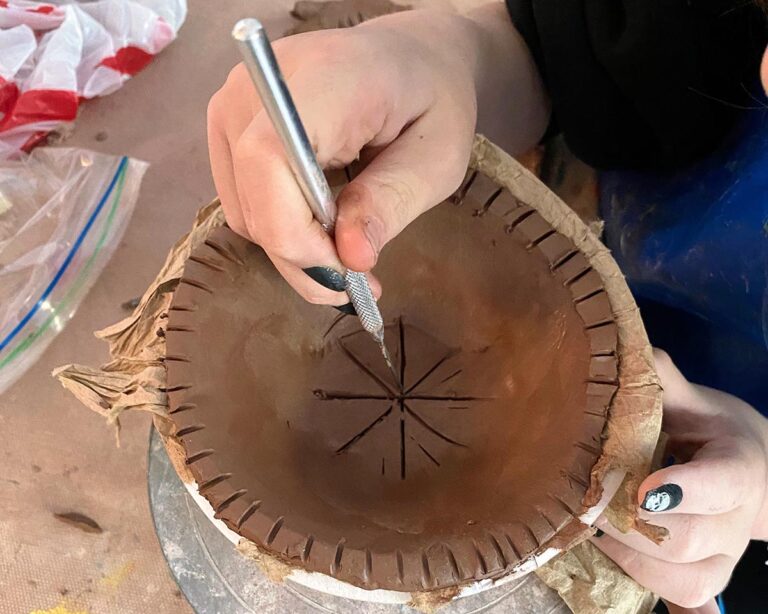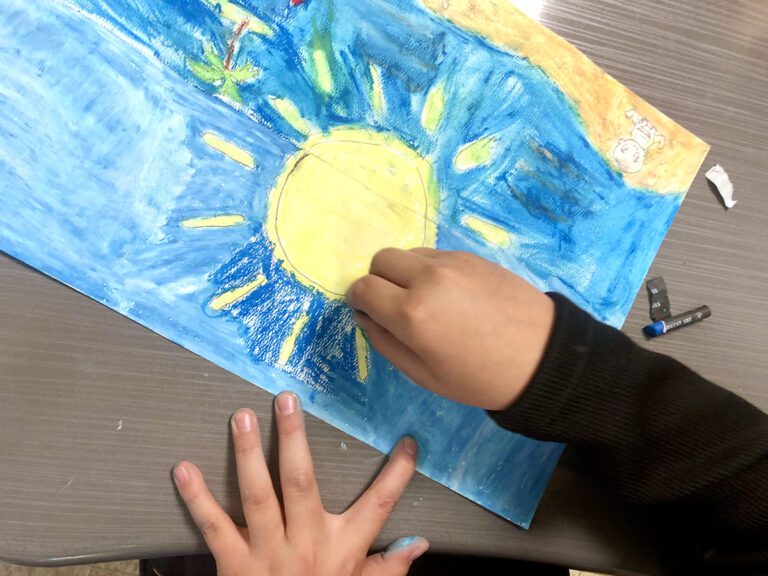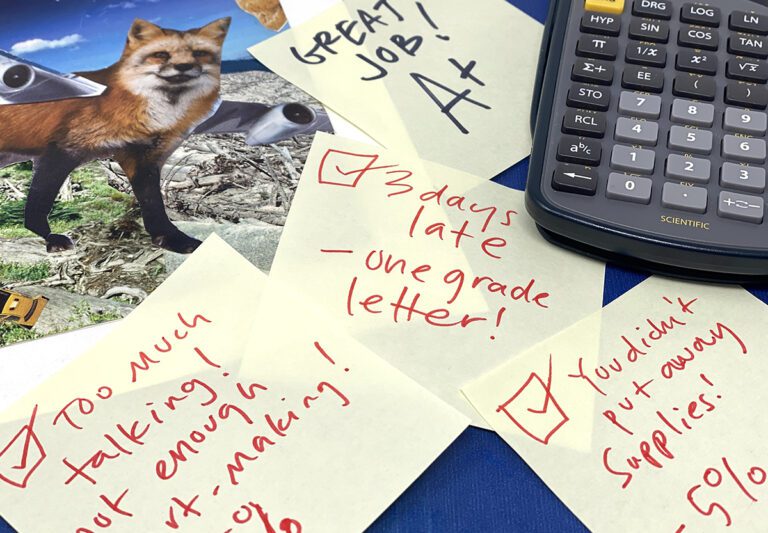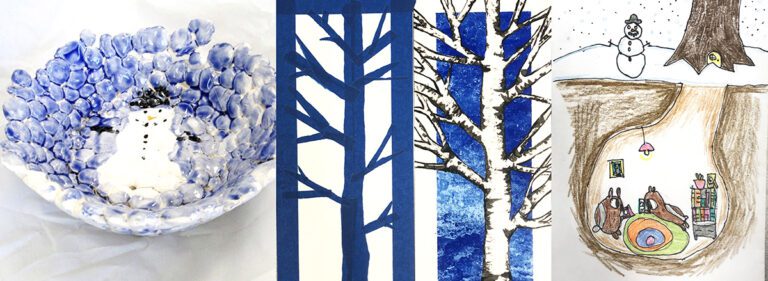Have you ever noticed when you are reading a captivating story to students, you have all eyes and ears on you? Students are engaged and can’t wait to hear what comes next. They’re hanging on your every word and waiting for the page turn. The second you close the book? Bam! Their attention goes elsewhere.
You move into giving directions, and your students move into chatting with a neighbor or focusing on something else. This doesn’t always happen, but it is a pattern I’m sure you’ve seen from time to time. I know I have!
But, what if your lessons were as engaging as a storybook?
What if students were hanging on your every word to learn something new?
What if you suddenly stopped barking directions and became fun and captivating instead?
These what if’s can come true if you start to incorporate storytelling into your everyday lessons.
I would like to share with you 3 types of stories you can easily weave into your curriculum.
1. The Historical Story
The first type of story you can easily start to incorporate into your teaching is a historical story. Art teachers have a lot of history to share.
Find the gem stories in art history and use those as a hook to get your students engaged. Get excited as you tell about the artist, make big gestures, and act as though you have some secret to tell that will only be revealed at the end of the story. Change your voice. Stand on a chair. Anything to make this story seem so important that no student will want to miss a single word. I guarantee what you highlight and deem important in your story will be the facts and ideas students will never forget.
Here are some of my favorite stories to tell:
- How the Mona Lisa was stolen
- How Grant Wood painted American Gothic
- How DaVinci took the Mona Lisa everywhere with him
- How Monet painted in an impressionistic style (complete with funny French accent!)
- How Matisse’s style changed when he became wheelchair bound
I am sure you could go on and on. The trick is taking ONE interesting tidbit form art history and blowing it out of portion into your next great classroom tale.
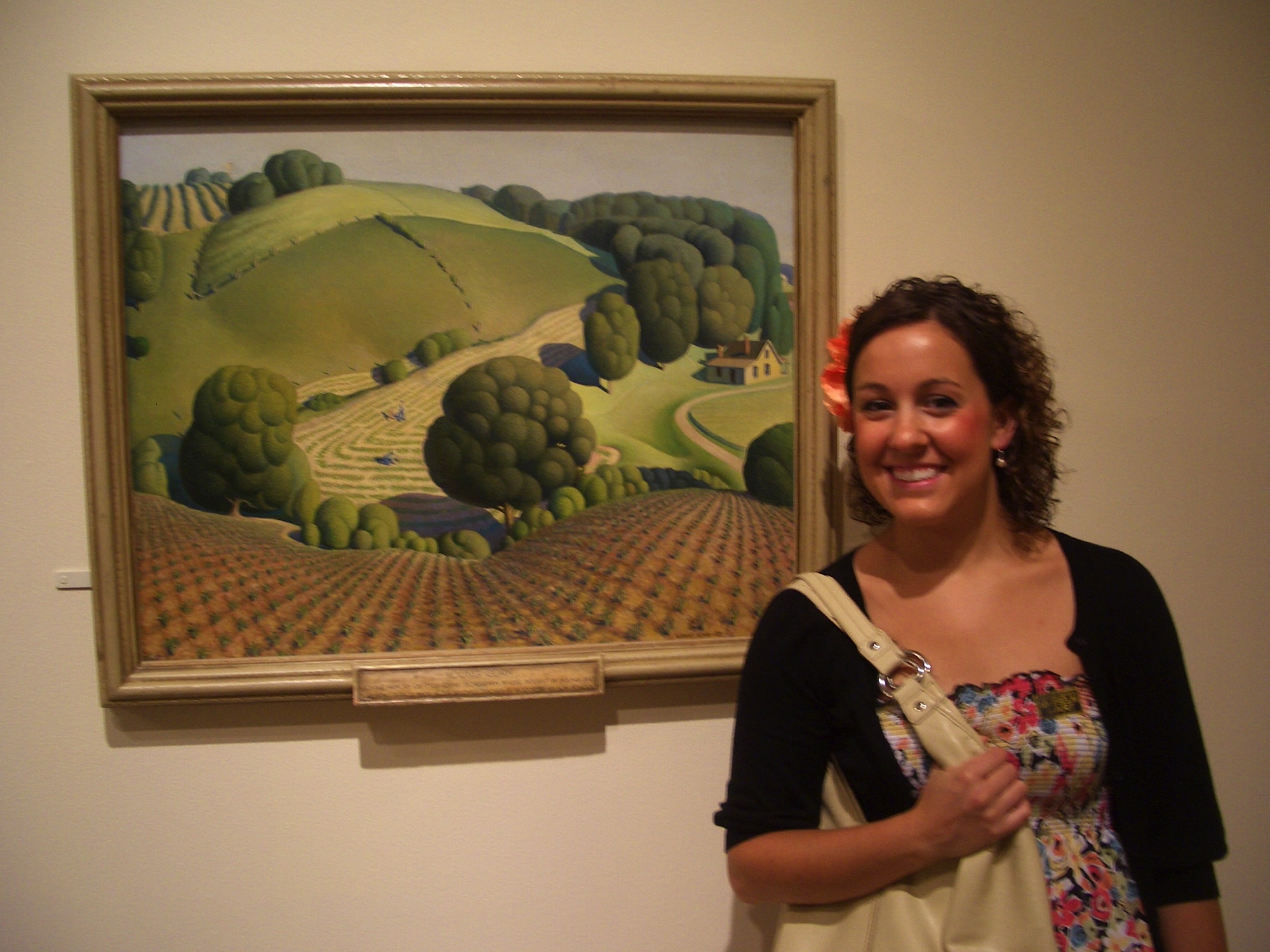
My favorite historical stories also tell students about how I visited a museum, gallery, or artist studio. I always try to take photos wherever I go to bring back and share. This way, students see me not just as their art teacher, but as a true consumer and lover of art. It motivates them and shows them how much I care. Here I am with a Grant Wood original on a trip to his hometown, Cedar Rapids, Iowa.
2. The Process Story
You can also tell stories about artmaking processes. These stories are great for giving students non-examples and giving directions in a nontraditional way.
For example, whenever I introduce printmaking, I always tell a story about “last year’s class” to teach students what NOT to do. I make a huge deal out of it.
It goes something like this.
“Class, can I tell you what happened to last year’s class when we started the printmaking project? Oh, I just get so upset even thinking about it. Last year’s class had a huge disaster because they didn’t listen to my directions and their art was almost ruined!
Listen carefully. Last year’s class kept forgetting to only use a little bit of printing ink! Can you believe it? These kids would slap on the ink, and it would seep into the cracks of the foam. I told them over and over, but their art was ruined, and they had to start over. Oh, I was so sad. They just smeared it on like this (I demo putting way to much ink on). Do you think their art turned out very nicely? No way! Oh, it just made me want to cry to see this happen to these expensive art supplies. And it made me so sad for the students!
I bet that won’t happen to this year’s class. Oh, I sure hope it won’t. You are all rockstars at printmaking. Right?”
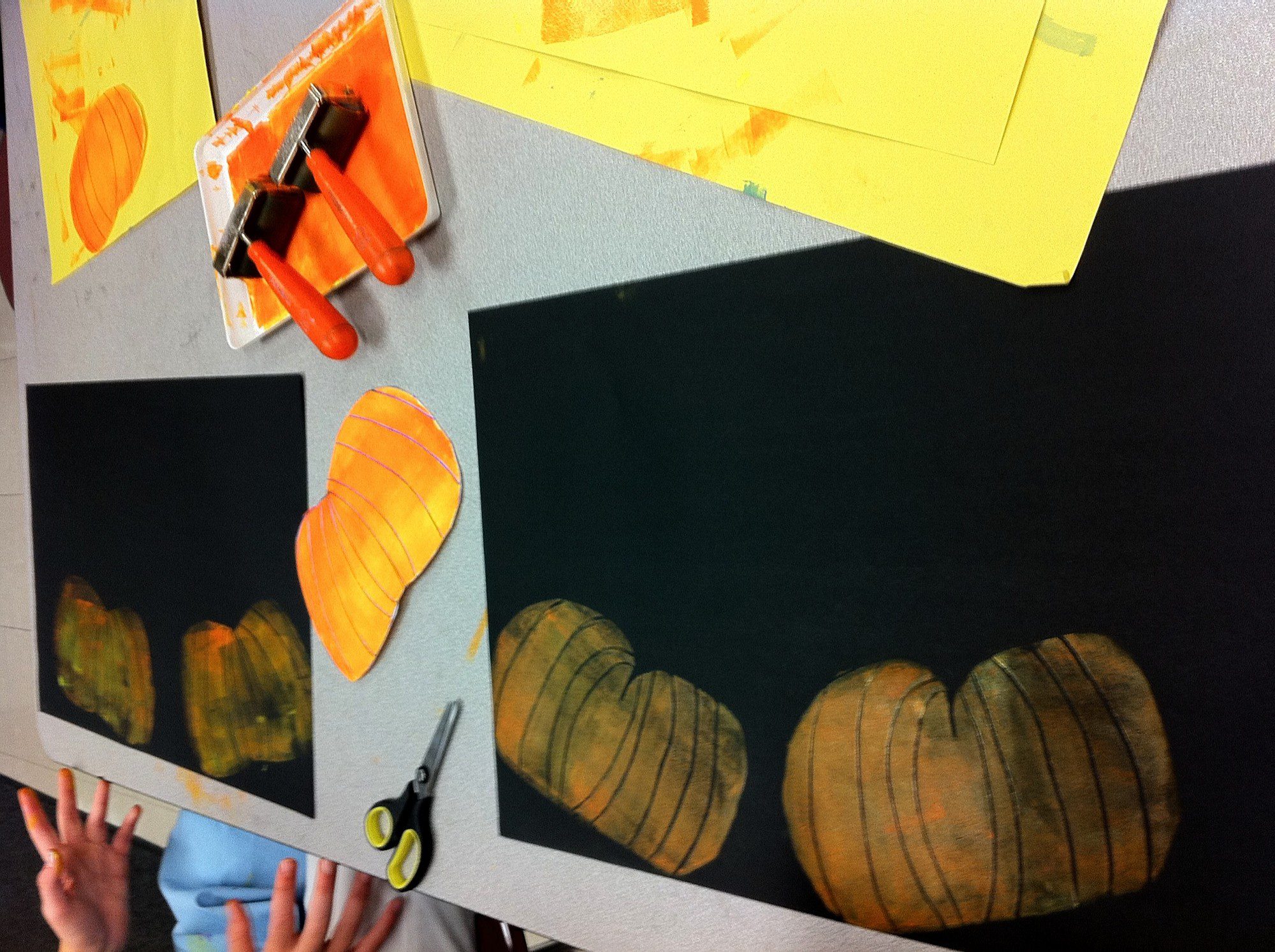
After this story, I have everyone’s rapt attention. Then, I can go over how to use the brayer, ink, and go through clean up procedures. I’ve captured them! Surely they won’t want to make the same mistakes as last year’s class. Did last year’s class really have these troubles? Maybe. Maybe not. It’s ok, it doesn’t matter. This strategy really works, and you will see considerably less troubles with processes and new supplies with THIS year’s class if you try this type of story.
3. The”Back When I was Little…” Story
I know this sounds more like something your grandparents would say, but “Back when I was a kid….” type of stories are interesting to kids. It’s fun for your students to think of you as a kid. One way I engage students regarding my past, is through something I like to call “Balsley Originals.” Yes, that’s right. I have ALL of my art from when I was a kid, and I’ve adapted some of my old projects for my students to create today! I share with the students my own sample from when I was little and tell a story about how I did this project in 3rd grade, but they are going to do it in 2nd grade, because they are so advanced. I tell them I called my old art teacher and she showed me all of the important tricks for us to do the project with success. I say I can’t wait to send her photos of their work. I tell them I bet they are going to do even better than I did!
The photo below is one of my 5th grade architecture collages, which inspires an entire architecture unit I do with my 5th graders now! The next photo is a sample of my student’s work from last year.
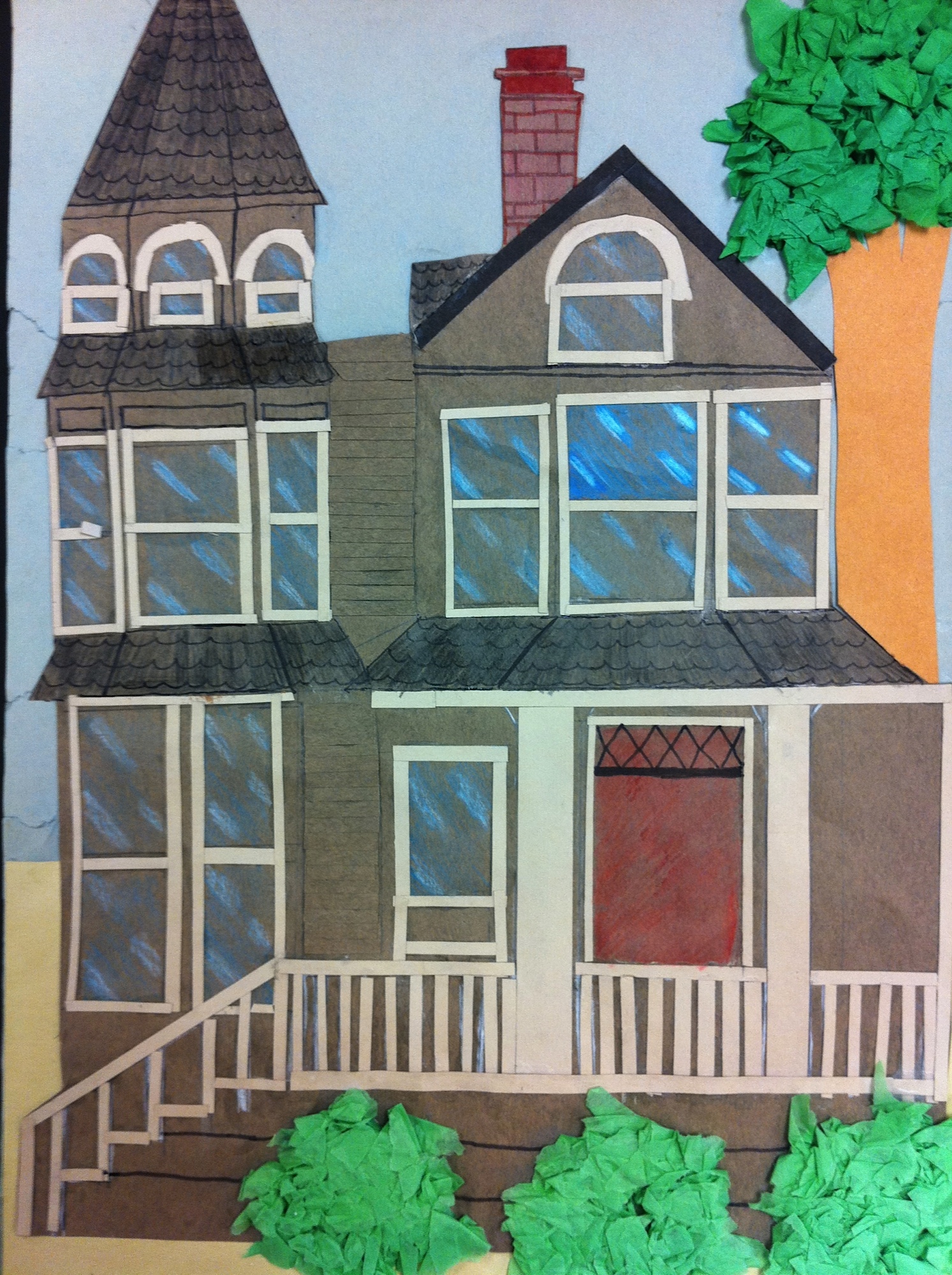
I also like to tell students that I didn’t learn one-point perspective until 8th grade, but they are going to learn it in 5th grade. This instantly grabs students’ attention and makes them feel special. I find this really ups the ante when it comes to student willingness to try hard.
So, the moral of the story is, if you are losing student’s attention, try the ancient art of storytelling. It may be the difference between having those last few kiddos on board with you, learning the art concepts, or not. Our goal is to reach all learners, and I am know this will help!
What other kinds of storytelling have you found to be effective in captivating the hearts and minds of your students?
Magazine articles and podcasts are opinions of professional education contributors and do not necessarily represent the position of the Art of Education University (AOEU) or its academic offerings. Contributors use terms in the way they are most often talked about in the scope of their educational experiences.
